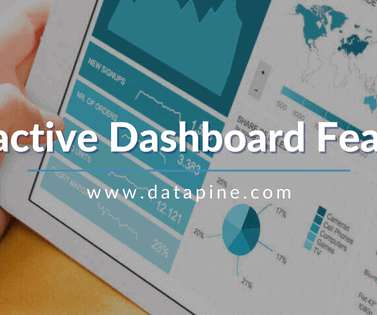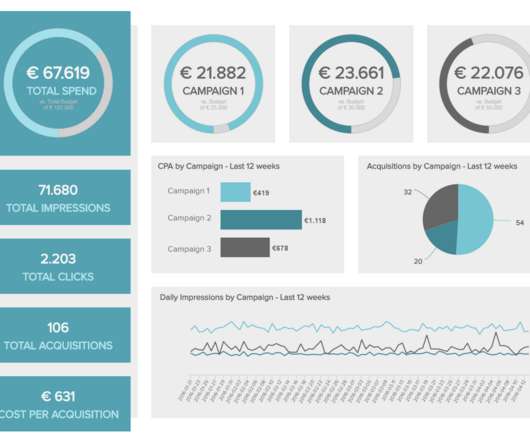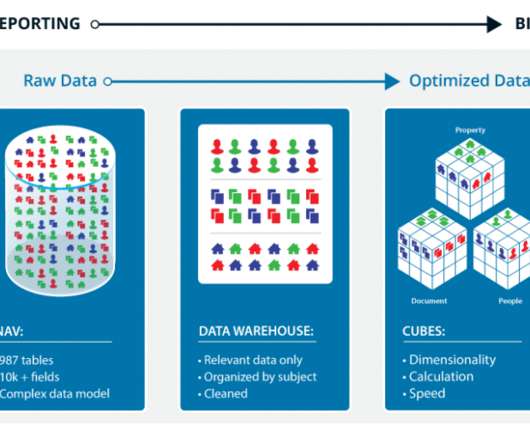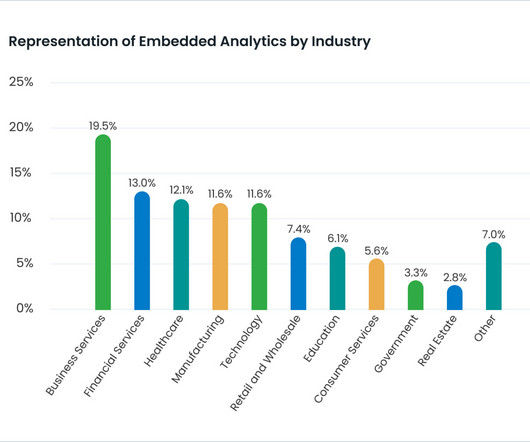Move Beyond Excel, PowerPoint And Static Business Reporting with Powerful Interactive Dashboards
datapine
OCTOBER 14, 2020
They enable you to easily visualize your data, filter on-demand, and slice and dice your data to dig deeper. Easily look at revenue & sales across the day, week, month, and year time intervals with the help of the time interval widget. 6) Chart Zoom. Data visualization is the easiest way to surface data irregularities.





















Let's personalize your content